 |
| Claire the Librarian by Blackbird Art in AJ Hackworth's Library of the Unwritten. |
After an unplanned visit to the Cardiac Care Unit, I'm under strict orders not to stress and/or work, for now.... but of course, I can muse, and an idea that grabbed me is that of intertextuality. I've written about it before, so this is basically a repost. See? I am NOT stressing or working, but I did want to share. After all, it's my day to post at the @supernaturalunderground, you know, where books make the heart beat faster? (Haha!)
But seriously, Intertextuality is when a fictional character becomes engaged in a story within the fictional book. A simple example is Sookie Stackhouse who always picks up a romance novel when she's not deep in a vampire/were/fae drama. Roald Dahl's Matilda reads widely and continuously, as do all the main characters in The Jane Austen Book Club by Karen Joy Fowler.
In a more complex example, we meet Claire the Librarian in AJ Hackworth's Hell's Library Series where she becomes more than just a little engaged with some of the unwritten books in her charge. I highly recommend this series!
 |
| Roald Dahl's Matilda and her love of literature. |
 |
| “The mind needs books like the sword needs a whetstone.” (Tyrion Lannister) in A Game of Thrones by George R R Martin |
In this way, a character's literary choices can show us something about who they are, what they love and maybe even what they desire.
Look at the fictional character Catherine Morland in Jane Austen's novel, Northanger Abbey. What does her obsession with Gothic novels, and The Mysteries of Udolpho, a real-world novel by Ann Radcliffe, add to the plot and world-building?
 |
| The Mysteries of Udolho by Ann Radcliffe first published in 1794. |
One of my favourite speculative fiction novels of all times, Angel of Ruin (also known as Fallen Angel) by Kim Wilkins, tells of a contemporary journalist with not enough luck and a bit too much curiosity. As stories unfold within stories, the origins of one of the most famous poems ever written, John Milton's Paradise Lost, is re-visioned. In this case, the intertextuality becomes so intricate that there is no plot without it.
 |
| "Milton's
Paradise Lost" by John Milton and illustrated by Gustave Dore Henry
Altemus, Philadelphia - ca 1885, first thus edition (first Altemus Dore
edition) |
From cartoons to literary fiction, intertextuality has a role. Of course, when we read, we don't think of it that way, being too lost in the other worlds. At least, that's the goal.
Do you have a favorite fictional character who reads? A favorite story within a story? I'd love to hear about it in the comments.
Do you have a favorite fictional character who reads? A favorite story within a story? I'd love to hear about it in the comments.
xxKim
***
Kim Falconer, currently writing as A K Wilder, has released Crown of Bones, a YA Epic Fantasy with Curse of Shadows out December 2022.
Throw the bones, read your horoscopes or Raise Your Phantom on the AKWilder.com site



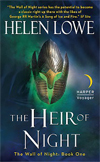
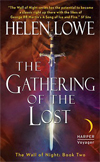
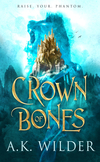
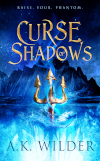
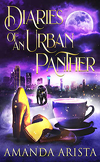
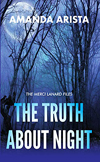

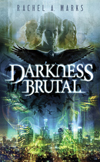
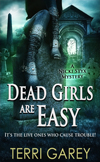
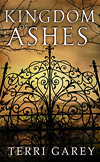
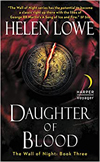
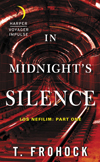

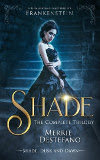

3 comments:
The series that always springs vividly to mind for me is 'The Last Oracle' by melissa Mcshane. I did end up reading the whole series I think there were 9 in all. Beginning with 'The Book of Secrets' About an Oracle in a bookshop.
Kim, I'm so sorry to hear about your health! Do take it easy going forward altho' I hope you're feeling much better very soon.
The post is wonderful, by the way. (Of course it is!)
One of my favorite story book characters that reads -- and writes! -- has always been Jo March of "Little Women" fame -- & I love that Ash in your own AMASSIA series is a scribe. :-)
Thank you, Helen. Jo March is a wonderful character and it's actually thrilling to hear her Ash of Amassia mentioned in the same sentence.
Thanks so much for all your support. :)
Post a Comment